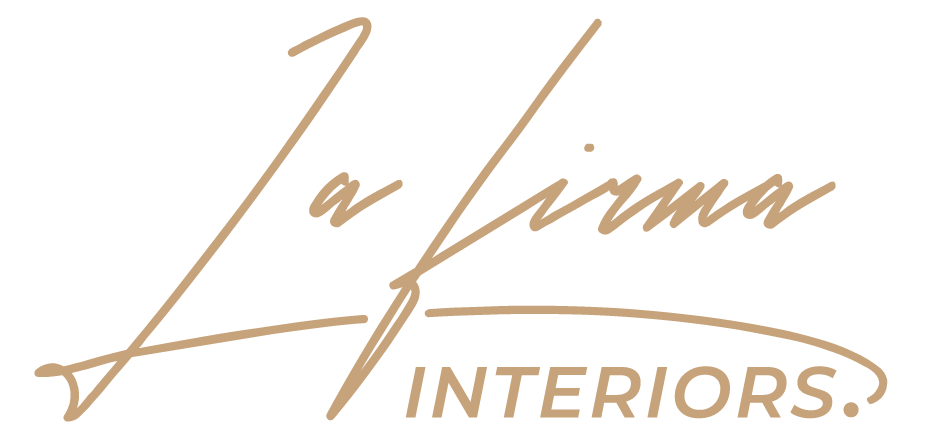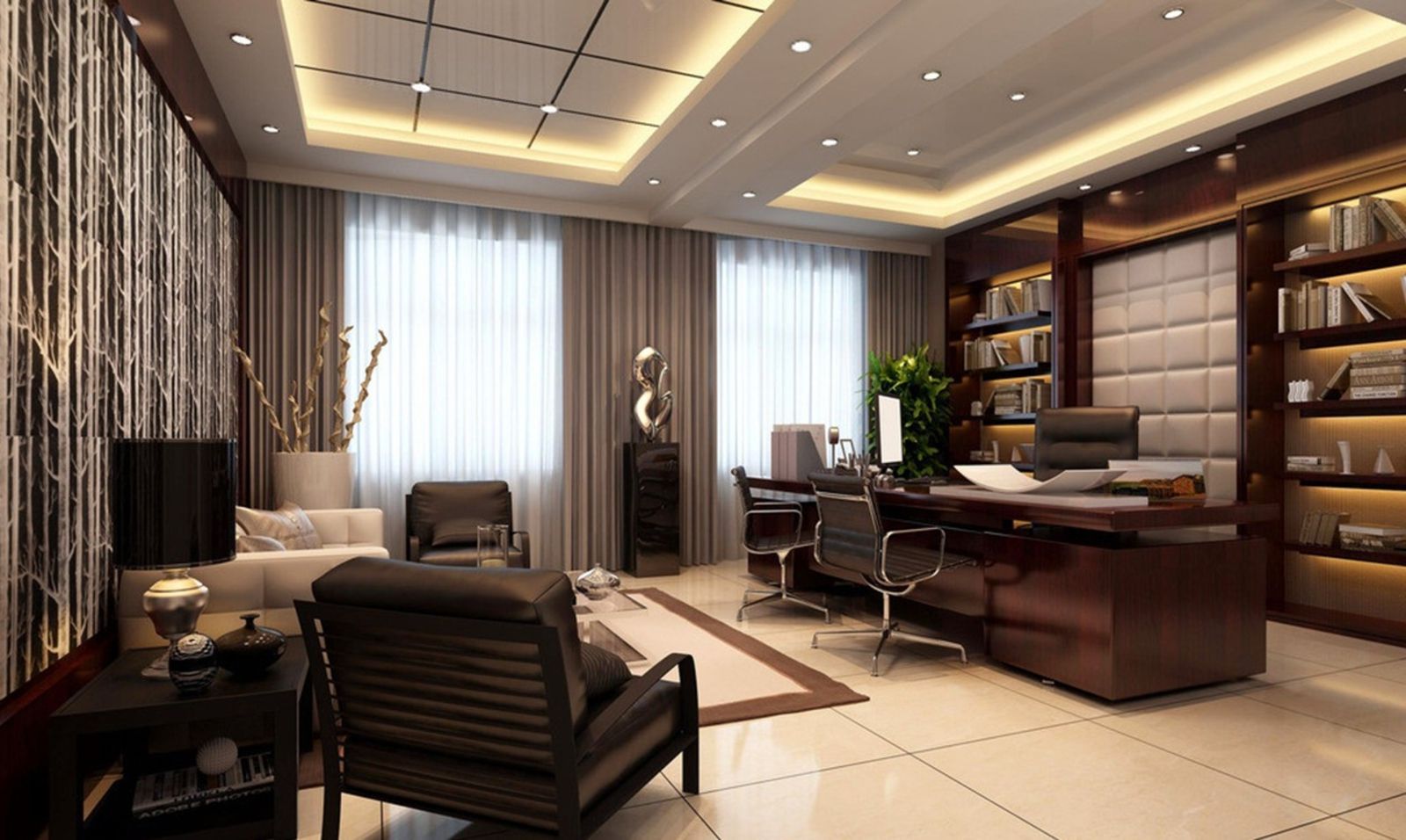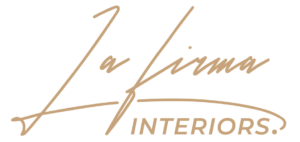Creating an office space that inspires employees and impresses clients is one of the smartest investments any UAE business can make. In a country like the United Arab Emirates particularly Dubai and Abu Dhabi companies are competing not only in their industries but also in the way they present themselves. The office is more than just a workplace; it is a reflection of brand identity, professionalism, and long-term vision. When I first stepped into a Dubai office that perfectly balanced modern minimalism with local cultural accents, it struck me that interior design shapes behavior. People collaborated more openly, meetings felt energizing, and even clients seemed more engaged. This experience highlighted why Office Interior Design Tips for UAE Businesses are not just about looks but about strategy, productivity, and growth.
The Importance of Office Interior Design in the UAE
Interior design in the UAE has evolved significantly over the past decade. From glass towers in Downtown Dubai to boutique offices in Sharjah, businesses are recognizing that well-planned interiors directly impact performance.
Key reasons why office interior design is vital:
- Employee well-being: Ergonomic and welcoming spaces reduce stress and absenteeism.
- Brand impression: Clients form judgments within the first few seconds of entering your office.
- Productivity gains: Studies suggest that workplace design can improve productivity by up to 20%.
- Talent retention: A thoughtfully designed office is a magnet for top professionals.
Office Interior Design Tips for UAE Businesses: Space Planning
Efficient space planning is the foundation of every great office. In cities like Dubai, where commercial real estate comes at a premium, businesses must maximize every square meter.
Practical approaches include:
- Reception as the first impression: Design it to reflect professionalism and warmth.
- Open workspaces with balance: Encourage collaboration but include quiet zones for focused tasks.
- Breakout areas: Create informal lounges that encourage creativity.
- Dedicated meeting spaces: Equip them for hybrid work with video conferencing setups.
An example from a Dubai Marina office project showed how redesigning floor plans into collaboration pods reduced internal emails and improved teamwork.
Boosting Productivity: Practical Office Interior Design Tips
Productivity is often the biggest motivator for redesigning office spaces. Beyond technology and processes, physical design shapes how people work.
- Natural Light Access: Employees in offices with large windows and natural light are generally more focused.
- Ergonomic Furniture: Adjustable desks, chairs, and monitor stands prevent fatigue.
- Air Quality and Greenery: Indoor plants not only beautify but also improve air circulation and reduce stress.
- Noise Control: Acoustic panels or soundproof booths can make open offices more manageable.
One UAE-based financial services firm reported a 15% boost in task efficiency after introducing ergonomic seating and biophilic design elements.
Branding Through Office Design
Brand identity does not stop at your logo or website. The office is a living brand statement. Every element—from colors to finishes should reflect your values.
- Tech companies in Dubai often choose vibrant colors and modular furniture to highlight innovation.
- Legal firms lean towards dark wood, neutral tones, and structured layouts to project stability.
- Hospitality groups incorporate luxury finishes like marble or gold accents to reflect premium service.
A professional Interior Design Office can help align branding with functionality, ensuring your workspace feels authentic and purposeful.
Office Interior Design Tips for UAE Businesses: Sustainability
With Dubai’s Green Building Regulations and the UAE’s 2050 Net Zero initiative, sustainability is no longer optional. Offices must integrate eco-friendly practices to stay compliant and relevant.
Ways to apply sustainable practices:
- Install LED lighting with motion sensors.
- Use energy-efficient HVAC systems.
- Choose recycled or locally sourced materials.
- Integrate green walls to naturally purify air.
Besides environmental benefits, sustainable design can cut operating costs and build a positive reputation among eco-conscious clients and employees.
Technology in Modern Office Interiors
Smart technology has become a cornerstone of modern office design. In 2025, technology goes beyond gadgets; it creates smarter, more adaptable environments.
Examples:
- Smart Desks with sit-stand adjustments.
- Automated Lighting that adapts to occupancy and daylight.
- Touchless Entry Systems for safety and hygiene.
- AI-Powered Meeting Rooms equipped with instant translation and scheduling tools.
Many UAE businesses now integrate these systems to meet international standards and appeal to global partners.
Cultural Sensitivity in UAE Office Design
The UAE is home to more than 200 nationalities, which makes cultural awareness crucial in design. Office interiors should be respectful of local traditions while accommodating global expectations.
Examples include:
- Prayer rooms for employees.
- Gender-inclusive facilities.
- Hospitality spaces featuring Arabic coffee and dates.
Such details help companies balance professionalism with cultural respect.
Common Office Design Mistakes
Even with the best intentions, businesses sometimes overlook critical details:
- Overcrowding the space with too many desks.
- Poor lighting that strains eyes and reduces productivity.
- Ignoring acoustics, leading to noisy environments.
- Neglecting employee input during planning.
Avoiding these mistakes ensures a smoother, more effective redesign.
The Role of Professional Designers
Partnering with an Interior Design Office in Dubai ensures both compliance and creativity. Professionals bring expertise in layout, local regulations, and procurement.
For example, when a corporate office in Downtown Dubai hired a professional team, they completed renovations 30% faster and within budget compared to their previous attempt at in-house project management.
Table: Key Elements of Office Design in UAE
| Element | Business Impact | Example in UAE Offices |
|---|---|---|
| Natural Light | Boosts mood and focus | Floor-to-ceiling windows in DIFC towers |
| Ergonomics | Improves comfort and health | Adjustable seating in fintech offices |
| Branding Elements | Reinforces identity and trust | Gold accents in hospitality firms |
| Green Design | Aligns with sustainability goals | Indoor plant walls in startups |
| Smart Technology | Supports hybrid working | AI meeting rooms in Abu Dhabi |
Chart: Benefits of Office Redesign in the UAE
Employee Satisfaction Pre- vs Post-Redesign
- Before redesign: 55% satisfaction
- After redesign: 82% satisfaction
This demonstrates how thoughtful design translates into measurable employee happiness and retention.
Office Interior Design Tips for UAE Businesses: Final Insights
Designing an office in the UAE is not about following trends blindly it is about tailoring a space to your company’s culture, employees’ needs, and future aspirations. When aligned with branding, sustainability, and technology, office interiors become a powerful business tool.
Whether you are a small startup in Business Bay or a large corporate in Abu Dhabi, the right design strategy can improve productivity, attract top talent, and strengthen your reputation. Investing in professional expertise ensures your project is efficient, innovative, and culturally aligned.
Call to Action
If you are ready to explore the best Office Interior Design Tips for UAE Businesses, connect with lafirma.ae. Our expert team blends creativity with functionality to design workspaces that inspire success, reflect your brand, and support growth.


